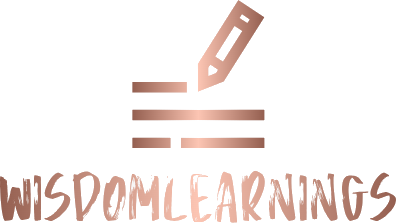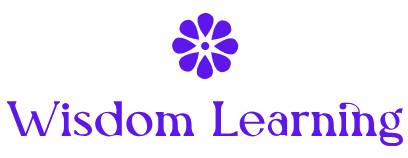Table of Contents
In a world that is becoming more interconnected, language tools are essential for promoting communication, translation, and language acquisition. This article examines the wide variety of language tools that are currently accessible, as well as their uses, advantages, and effects on international communication and education.
Introduction to Language Tools
Software programs, platforms, and other resources that help people comprehend, translate, and master languages are collectively referred to as language tools. These resources accommodate various linguistic requirements and skill levels, ranging from simple dictionaries and grammar checkers to sophisticated translation programs and language learning applications.

Types of Language Tools
1. Translation Software: To enable cross-cultural communication and international business exchanges, translation tools such as Google Translate, DeepL, and Microsoft Translator employ machine learning algorithms to translate text, speech, and even images between multiple languages in real-time.
2. Language Learning Apps: Through gamified learning experiences, apps like Duolingo, Rosetta Stone, and Babbel offer interactive lessons, tests, and exercises to assist users in learning new languages or enhancing their existing ones.
3. Grammar Checkers: By pointing out mistakes, offering fixes, and improving readability, programs like Grammarly and Hemingway Editor help users write coherent, grammatically sound sentences.
4. Voice Recognition Software: Speech-to-text and text-to-speech technologies, such as Siri, Alexa, and dictation tools, enable hands-free communication and language practice, supporting accessibility and language learning for diverse user groups.
Applications in Global Communication
1. Business and Diplomacy: By facilitating multilingual communication in cross-border cooperation, diplomatic meetings, and international business negotiations, language tools guarantee accuracy and clarity in communication.
2. Travel and Tourism: During their trips, travelers make use of language apps and translation tools to communicate with locals, navigate foreign languages, and obtain necessary information such as menus, directions, and cultural insights.

Benefits of Language Tools
1. Accessibility: By removing language barriers, language tools enable people who speak different languages to access information, fostering inclusivity in public services, employment, and education.
2. Efficiency and Accuracy: Automated translation and grammar checks improve communication speed and accuracy, lowering misunderstandings caused by language and increasing output in academic and professional contexts.
Challenges and Limitations
1. Contextual Understanding: Idiomatic expressions, cultural quirks, and context-specific meanings that call for human interpretation and linguistic proficiency may be difficult for machines to translate.
2. Privacy and Security: Using cloud-based language tools that store and process sensitive data raises privacy concerns, necessitating the use of safe, GDPR-compliant solutions.

Future Trends in Language Tools
1. AI and Natural Language Processing: It is anticipated that developments in AI and machine learning will expand the functionality of language tools, resulting in better contextual comprehension, translation accuracy, and individualized language learning experiences.
2. Multimodal Integration: By combining voice, text, and image recognition technologies, more complete language tools that can decipher and translate various digital platform communication formats will be made possible.
Conclusion
In today’s globalized world, language tools are essential resources that enable people, organizations, and educators to communicate effectively, acquire languages quickly, and overcome cultural barriers. The ongoing creation and uptake of language tools will be essential to advancing multilingualism, improving international communication, and creating cross-border understanding as technology advances and linguistic demands change.


